The Basics of Call Recording
Estimated reading time: 8 minutes | Target users: New users, Supervisors
Recording calls is a common practice in Call and Contact Centers that —amongst other things— can help you evaluate your agents’ performance more effectively. This tutorial helps you get started with call recording management in the VCC Live application.
In this lesson, you will learn:
- About the benefits of recording your calls
- How GDPR affects call recording
- What call recording options there are in VCC Live
- How to manage call recording storage
- How to archive, delete, or download call recordings
1. Why Record Phone Calls?
Local laws and regulations may require you to record phone calls. There are strict legal rules governing when it is permitted to record calls, the purposes of the call recording, for how long recordings can be kept, as well as how to notify call participants about the intention of recording the conversation. Always make sure you consult your legal team regarding these requirements and implement your call recording practices accordingly.
You can use recordings to help defend your company during any litigation proceedings. Unfortunately, every organization may face lawsuits of some sort, and it may be difficult to prove who is responsible for the fault. In these cases, call recordings can serve as valuable evidence.
You can analyze call recordings for quality purposes, assess individual agent performance, and to improve your agents’ skills. Not only will it be easier for you to spot issues and identify areas of improvement, but you will also be able to use exemplary conversations to train other agents.This method can help increase agent efficiency, enhance customer experience, thus reducing costs and increasing your revenues.
A misunderstood or forgotten detail can be easily spotted. While a great call center script can help agents to effectively extract the most relevant information in conversations, there will sometimes be situations when conversations are lengthy. In these cases, listening back to call recordings will undoubtedly help you retrieve the essential details from the conversation.
A verbal agreement or contract can be retrieved. In some cases, an agreement without any written documentation may create an oral contract. Oral contracts can be legally binding — but are tough to prove in court. So in these cases, a call recording can help.
2. Call Recording Laws — Legislation Considerations to Keep in Mind
The handling, processing, and maintenance of call recordings have always been ambiguous topics for Call Centers. Not only do call recording laws vary from country to country; in the U.S., they vary from state to state.
Before setting up your call recording settings, make sure you are aware of local call recording laws and regulations. We also recommend contacting your lawyer or legal advisor regarding this matter.
2.1 How GDPR Affects Call Recordings
The General Data Protection Regulation (GDPR) came into force on May 25, 2018, aiming to strengthen data protection across the EU while giving people more control over how organizations can use their data. One of the areas in which GDPR has had an effect is in the handling, processing, and maintenance of recorded calls.
For example, to record calls, you need to ensure that your customers give specific and unambiguous consent to be recorded. You also need to justify that your purpose for recording calls fulfills one of the conditions below:
- Individuals involved in the call have given their consent to be recorded (oral acceptance during the call, consent after receiving a message, or consent as part of a customer agreement).
- The recording is required to fulfill a contract to which the individual is a party.
- The recording is required to fulfill a legal obligation to which the recorder is subject.
- The recording is needed to protect the interests of one or more participants.
- The recording is in the public interest.
- The recording is in the recorder’s interest unless those interests are less important than the interests of the individuals in the call.
For more details about how GDPR affects call recording practices, please read the following article on our blog: How GDPR Affects Call Recording – Everything You Need to Know.
Warning: This tutorial does not constitute legal advice. Should you have any legal questions regarding GDPR, please contact your lawyer or legal advisor. VCC Live does not take any responsibility or liability for any damages, disadvantages, or losses that may arise from the results of any interpretation of the content in this tutorial.
3. Introduction to Call Recording Management in VCC Live
The VCC Live application offers both manual and automated call recording management options. This includes specifying when a recording should start or end, how long call recordings should remain available on your server, as well as for how long recordings should be archived or downloaded.
And whether you need to record an entire conversation or only specific parts of it, there are several ways to start recording during calls.
3.1 Overview — Functions Associated with Call Recording Management
- Fully customize which call recording management-related functions supervisors have access to
- Listen to call recordings
- Manually archive, download, or delete call recordings one-by-one or in batches
- Automatize the downloading and archiving of call recordings based on time or action
- Define the scope of call recording. For example, you can choose to set the recorder to start automatically from the IVR or in the phone call only
- Allow or prevent agents from toggling the call recorder on or off manually
- Set up Agent Scripts components that will automatically trigger call recording
4. Making Sure Your Users are Allowed to Manage Call Recordings
Before you get started, you need to make sure both your agent and supervisor users are granted the appropriate rights to manage and handle call recordings.
As you previously learned in the Setting Up Users tutorial, the VCC Live application has a group-based User Right Management interface that enables you to create Agent and Supervisor Groups —or groups customized to Quality Assurance Managers—, and then assign specific rights and permissions to those groups’ members.
4.1 To Access the User Right Groups Interface
- From the VCC Live menu, select User Management > Rights.
For details on how to create, clone, delete user right groups as well as how to add or remove rights, please refer to the User Right Management section in our user guide.
4.2 User Rights Related to Call Recording Management
On the Rights interface, you can search for user rights using the search bar. Results show up as you type. The list of user rights related to call recording management is as follows:
4.2.1 Supervisor-Specific Rights:
| User Right | Description |
|---|---|
| Play voicefile | Allows supervisors to listen to call recordings on, e.g. the CDR Log interface. |
| Download voicefile | Allows supervisors to download call recordings on, e.g. the CDR Log interface. |
| Moving voicefile to trash | Allows supervisors to move call recordings to trash on, e.g. the CDR Log interface. |
| Delete voicefile | Allows supervisors to permanently delete call recordings on, e.g. the CDR Log interface. |
| Disposition based voicefile delete | Allows supervisors to configure the disposition-based call recording deletion function. |
Note: On the Admin Workspace, call recordings can be listened back to on various interfaces, such as CDR Log or Quality Management. Make sure that the supervisors are also granted the right to access these interfaces.
4.2.2 Agent-Specific Rights:
| User Right | Description |
|---|---|
| Play voice file | Allows agents to listen to their call recordings on the CDR Log or QM Statistics interface. |
| Agent voice recording management | Allows agents to manually start or end the call recorder function using a button. |
Note: On the Agent Workspace, call recordings can be listened back to on the agent-specific CDR Log or Quality Management Statistics. Make sure that the agents are also granted the right to access these interfaces. To do this, simply provide access to these rights: CDR log or Quality management statistics. In order for agents to be able to stop and restart call recording during the call, call recording must be generally switched on in the specific project.
5. Enabling the Call Recording
There is an option that toggles the generic call recording function on or off. If this option is enabled, all phone conversations (including call transfers and redirects) between an agent and client (excluding IVR) will be recorded. To enable this option:
- Select a project from the project list, then select Voice.
- Mark or unmark the Voice recording checkbox.
- Press Save.
6. Enable Call Recording in the IVR Menu
You can enable or disable call recording in the IVR menu. If this option is enabled, the call recording process starts as soon as the connection is established. In other words, the call is recorded not only when the customer and agent are talking, but already when the customer encounters the first playback or any other inbound process of the IVR structure. To enable this option:
- Select a project from the project list, then select Voice.
- Mark or unmark the Record voice in IVR checkbox.
- Press Save.
Note: An additional option is available: “Record voice after outbound transfer”, which is turned on by default. If this functionality is turned off, then each call transferred or redirected to an external phone number won’t be recorded after when the transfer happens.
7. Enabling Agents to Manually Toggle Call Recording On/Off
You can allow agents to manually switch on or off the call recorder with a button.
- Select a project from the project list, then select Voice.
- Mark or unmark the Record voice in IVR checkbox.
- Press Agent voice recording management.
8. Listening to, Downloading, or Deleting Call Recordings Individually
You can listen to call recordings in the VCC Live application on various interfaces. The two most common interfaces to search and listen to call recordings are the CDR Log and QM Statistics interfaces, where you can easily find calls based on their time, length, the agent who handled the call, and more.
To listen to a call recording on the CDR Log interface:
- Select a project from the project list, then select Logs and statistics > CDR log.
- Set the time period you need the log entries for.
- Optional: press
for more filtering options.
- Press Search.
- While keeping your cursor over a call record, press
to listen to, press
to download, press
to move the call recording to the trash, or press
to permanently delete the call recording.
Note: The Play button (
) will only appear for records that have call recordings. If there was no recording or no conversation took place between the agent and the customer (the customer was not connected to any agent) , the play button will not be displayed.
9. Automated Call Recording Deletion Options
As well as manually deleting call recordings one by one, you can also set up automatic deletion option on the VCC Live application’s interface. You can choose to:
- Deleted all call recordings older than a set time period or
- Delete all call recordings with a specific disposition
9.1 To Automatically Delete All Call Recordings Older Than a Set Time Period
The Auto-Delete Call Recording function allows you to set a specific month. Any call recordings older than the specified month will be automatically deleted when they reach the set time period.
When it comes to deleting call recordings —from a technical perspective—, there can be two states to deletion:
- Call recordings can be “trashed”, which is moving the call recording to trash. This basically means that the call recordings are flagged as “to be deleted”, but they are not deleted yet. Call recordings can be restored from the trash, however, this also means that call recordings in the trash still take up space on your storage.
- Call recordings can be permanently deleted. This means that the call recordings are actually deleted/wiped out from your servers. As such, permanently deleted call recordings cannot be restored — and do not take up any space on your storage.
To access deletion options, you need to access your storage preferences.
- From the VCC Live menu, select Contact Center > Global Settings.
- Select the Storage tab.

Using the options in the Move call recordings to trash pane, you can define after how many months should call recordings be deleted.
9.2 To Automatically Delete All Call Recordings with a Specific Disposition
Whenever agents finish a call, they are required to allocate a disposition to the record to indicate the outcome of the call. As a result, each call recording has a record, allowing you to filter for call recordings based on dispositions. You can set call recordings with the disposition you specify to be deleted automatically after a set amount of days.
- Select a project from the project list, then select Dispositions.
- Select a disposition.
- In the properties pane on the right, mark or unmark the Delete call recordings after (days) checkbox.
- In the number input field, enter after how many days call recordings should be deleted for records allocated with the disposition.
- Optional: If you want also to delete the already-existing call recordings older than the set day, mark the Delete all earlier recordings that belong to the record checkbox.
- Press Modify disposition.
Note: This function is only available to clients with a VCC Live Premium subscription. The user must be granted access to the Delete call recordings based on disposition user right. To read about managing user rights and permissions, see User Right Groups.
10. Introduction to Advanced Call Recording Handling with Script SDK
To set up advanced call recording workflows, you can use our Script SDK resources, which allow you to extend the capabilities of the VCC Live script editor.
For example, using voice file tags, you can create a script that allow agents to only record specific sections of a conversation during a phone call, and then download the marked parts of the call recording separately using the VCC Live Archiver software.
We will guide you through the creation of advanced scripts later, in more advanced tutorial.
11. Automatizing the Downloading and Archiving of Call Recordings
To automate the downloading and archiving of your call recordings —or to manage the recordings in bulk rather than one by one—, you can use our VCC Live Archiver application.
For more details on how to use VCC Live Archiver, please refer to our VCC Live Archiver tutorial.
Congratulations!
You’ve just learned the basics of call recording management in VCC Live.
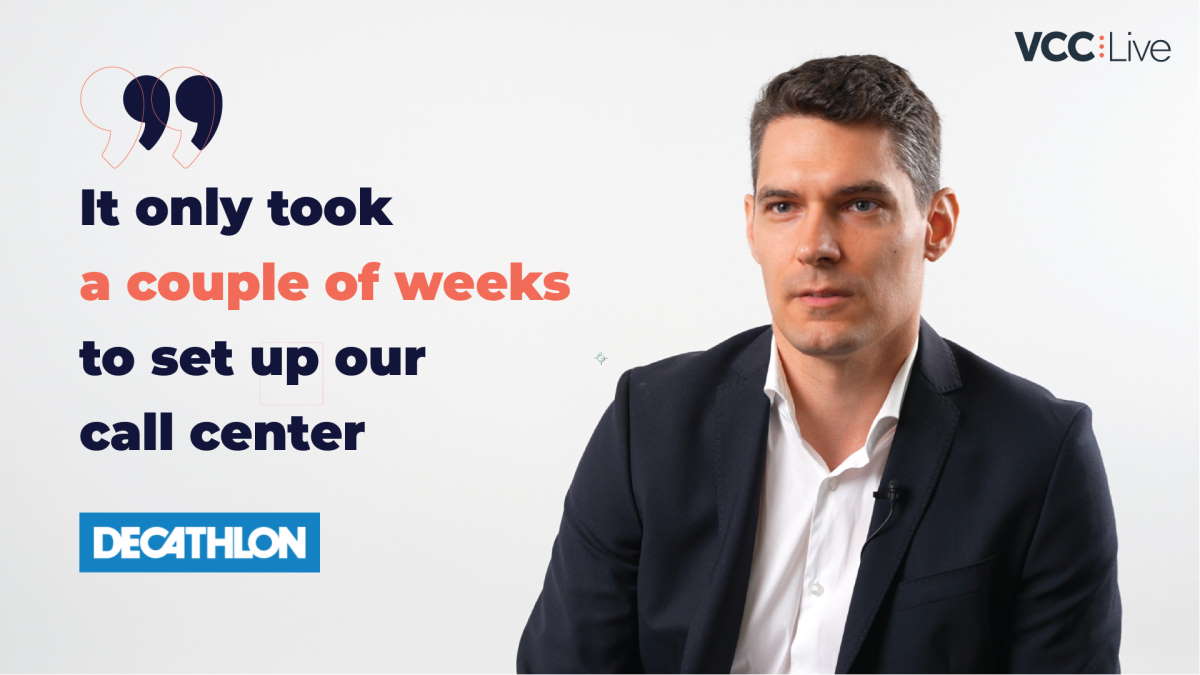
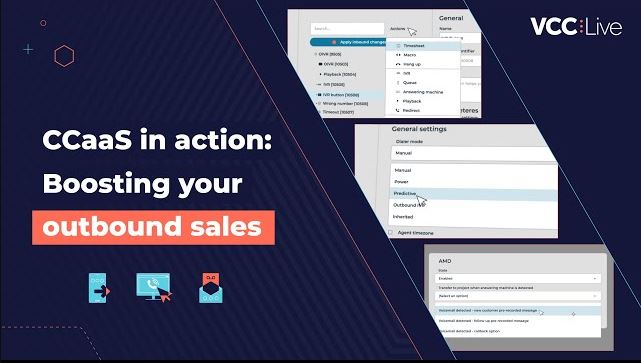
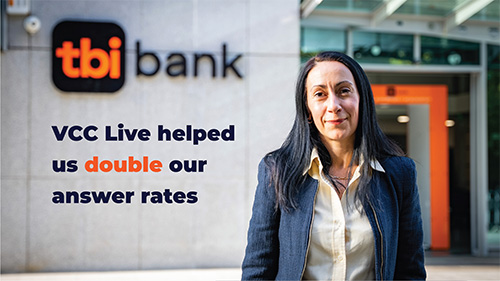
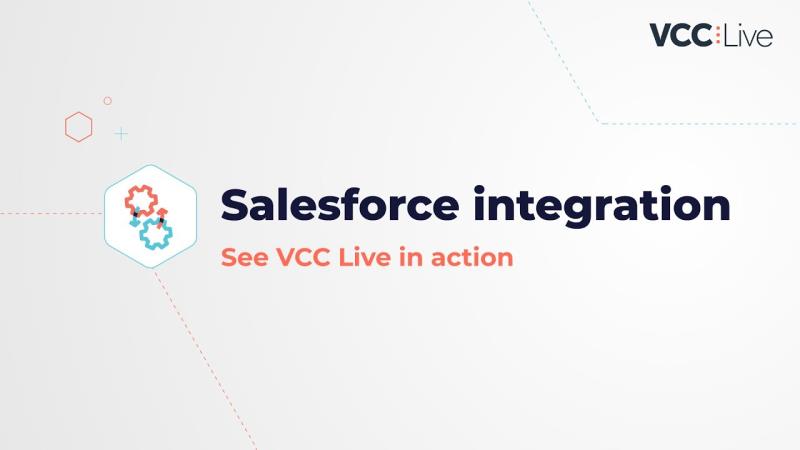
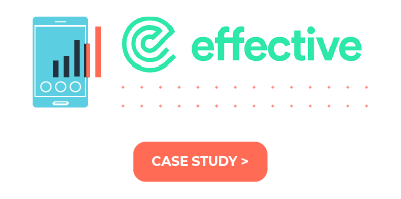
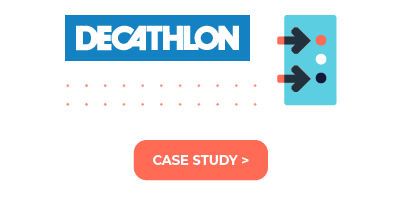
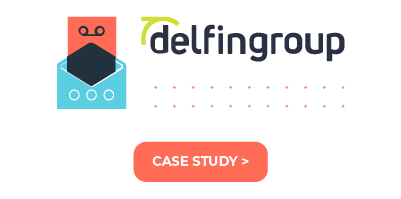
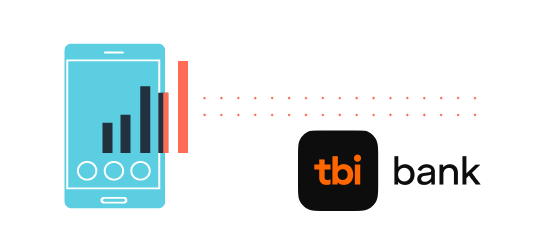
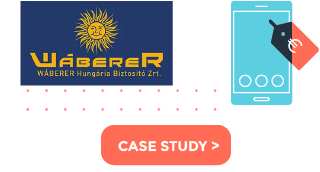
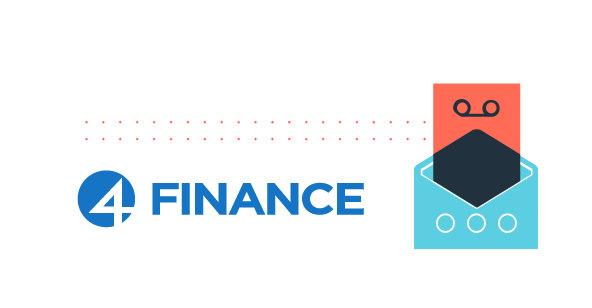

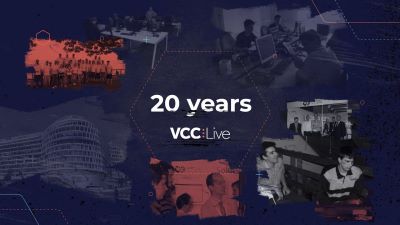
Comments
Can’t find what you need? Use the comment section below to connect with others, get answers from our experts, or share your ideas with us.
There are no comments yet.